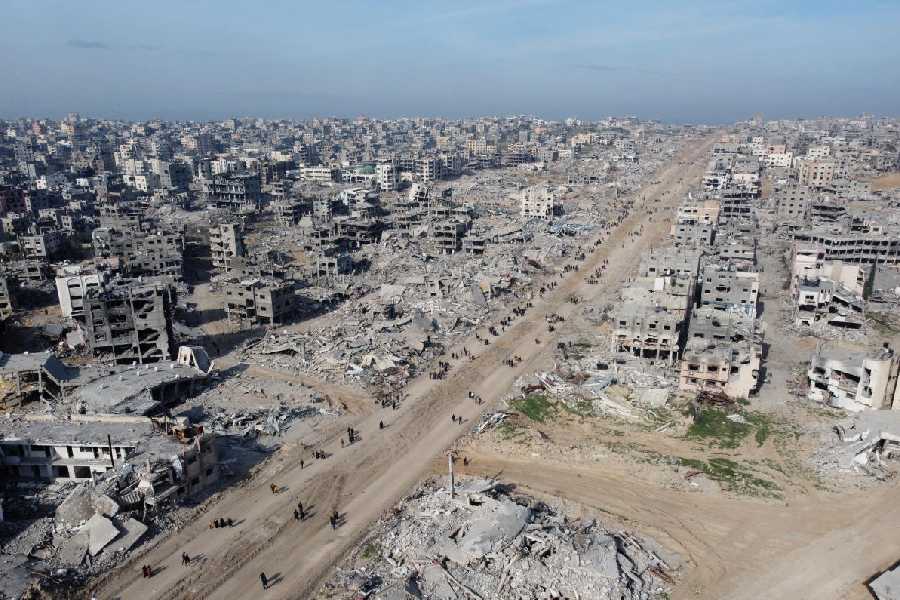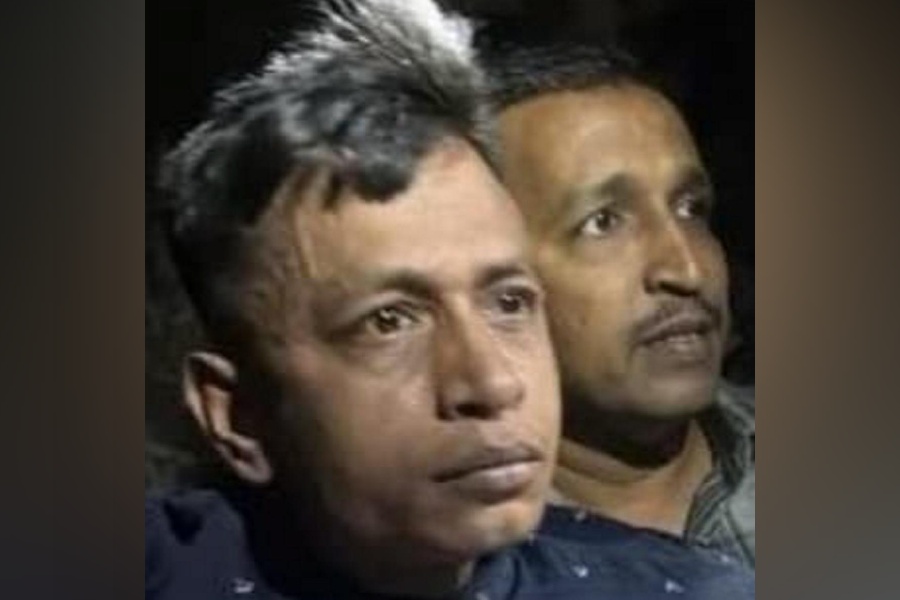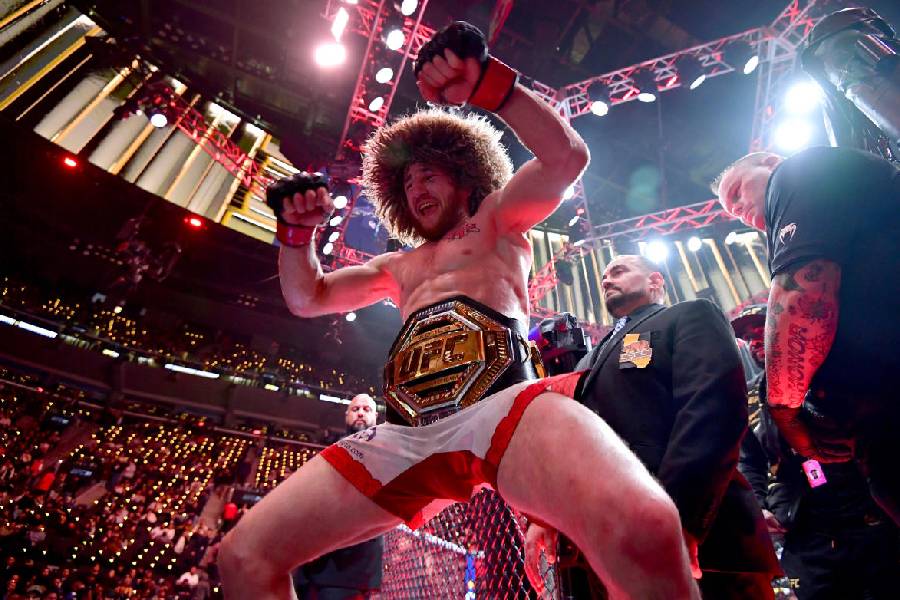The railways have gone slow on an anti-collision system that could have prevented the Kanchenjunga Express crash in north Bengal because of the cost involved but a more advanced system is in place in Calcutta’s East-West Metro and has also been sanctioned for installation in the city’s oldest North-South line.
The communication-based train control (CBTC) system, installed in East-West Metro or Green Line, is a more advanced version of Kavach, the anti-collision device of Indian Railways, said engineers.
“CBTC is installed in the entire East-West Metro system. This not only helps in improved safety but also allows more trains in a particular section,” said a Metro official. “This system is working in some other Metro systems in India like Delhi and Bangalore,” he said.
According to railway officials, ₹465 crore has been sanctioned for the North-South line to install CBTC.
“The new rakes that will be procured from now, will have the CBTC installed. The rakes manufactured by Dalian (Chinese firm), have space for CBTC and can be installed. In the old rakes, the system has to be retrofitted,” said a railway official.
The Telegraph spoke to engineers and officials to understand how CBTC works.
Functioning
In the CBTC system, in the panel of the cabin, the driver can see the length of stretch of tracks in front that is free for the train to run, said an engineer.
“If the track is clear for 1km in front, the panel will show that. When the train approaches an obstruction in front, like another train, or it is near a station, then the driver applies brakes accordingly,” explained the engineer. However, if the driver is incapable of applying brakes, then the CBTC system will automatically put the brakes and bring the train to a halt, he said.
“The minimum distance between two trains is 40 metres. If the trains come within 40 metres of each other on a track, the one behind will stop,” said the engineer.
The software also has data on each station where the trains have to stop.
Kavach, an automatic train protection (ATP) system developed by the Research Design and Standards Organisation (RSCO) with three Indian firms, automatically alerts drivers, applies brakes, and even halts trains to prevent collisions from signal passed at danger (SPAD) and overspeeding. It also assists in navigating adverse weather conditions and low visibility, enhancing operational safety.
However, in Kavach, according to an engineer, the software has to be fitted in both trains, running on the same track, for tracking each other. In CBTC system, even a train without the technology fitted to it can be detected by another one which has the system installed, he said.
CBTC equipment
The East-West Metro tracks are fitted with balise, an electronic beacon or transponder, that locates the position of trains.
“Balise is fitted every 250 metres of the tracks. The data is transferred to the train’s system as well as to the zonal controller. Based on this data, the movement of trains is controlled,” said the engineer.
So, there are no physical signals for East-West Metro, like an open line, for daily operations.
There are physical signals as a backup at five stations — Howrah Maidan, Sealdah, Stadium (Salt Lake), Central Park and Sector V. “In case there is a system failure then these manual signals can be used but then trains will run at a greater distance from each other,” he said.
However, CBTC was not practically feasible to implement in an open line, he said.
“In an open line, many trains are coming from different directions and alsoseveral tracks. So, theoperation is muchmore complicated. So, Kavach is more applicable for the open line,” he pointed out.
Cost
At present, it will cost around ₹10 crore per train to fit the CBTC system. For Kavach, which has now been installed in about 1,500 kilometres out of 70,000km of tracks covered by the Indian Railways across the country, the cost is ₹50 lakh to equip tracks and stations every kilometre. The locomotives would need an additional ₹70 lakh each for the installation of Kavach.











